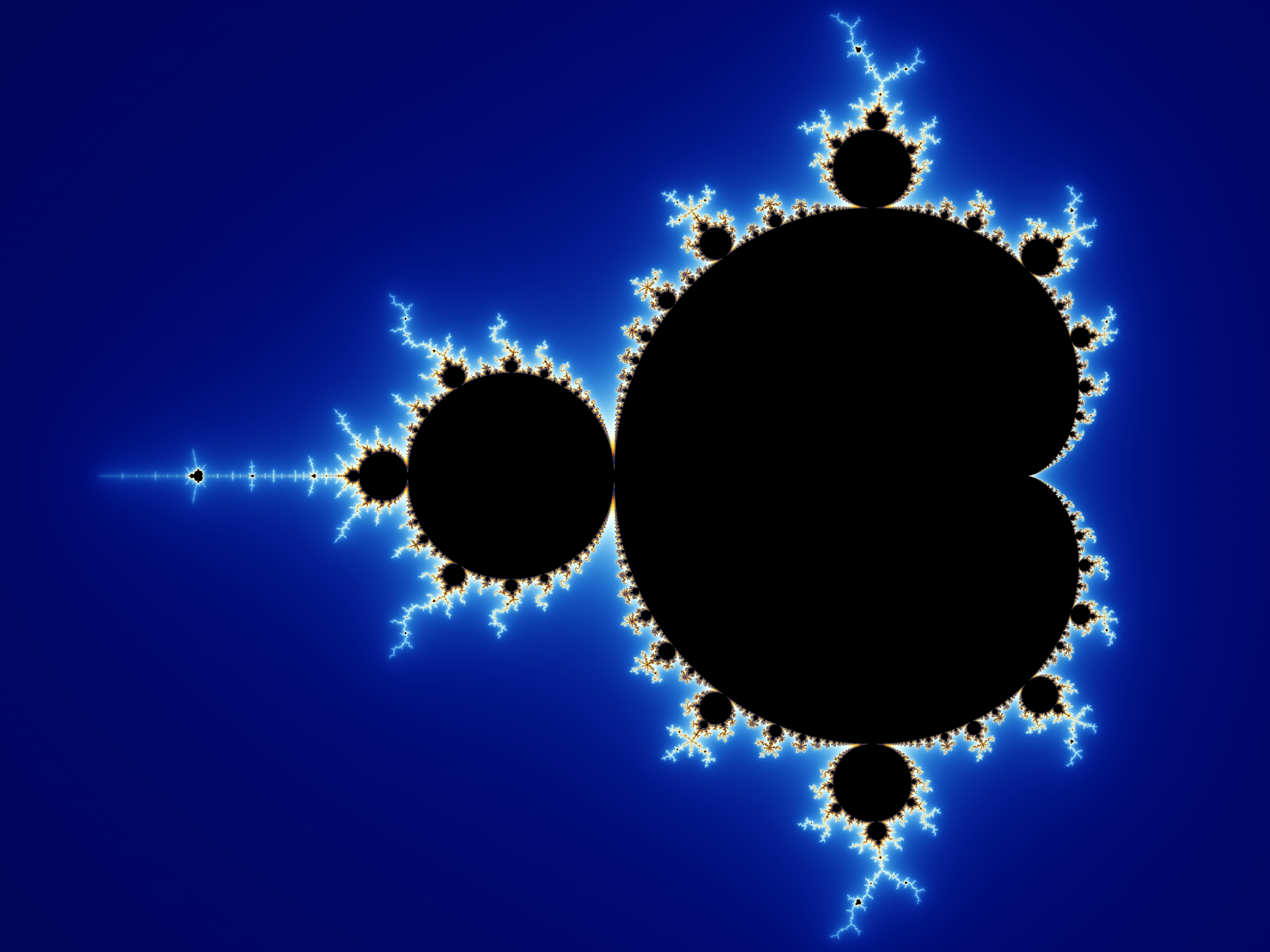As noted, Ault’s is a critical approach, not an artistic one. Reading it as a ‘pataphysics is a willful misprision, but one that gestures toward developing an imaginary science of poetics—that is, a creative empirical methodology that looks for certain tropes. (The two can be thought of as parallel constructions, roughly analogous natural carbon-based life and NASA’s arsenic-based life.) Not a science in the essentialist mode, but as suggested by the word’s etymology: the scientist is the knower, dividing a portion of chaos into meaningful order. It becomes an essentialist science when the knowledge is divided from the knower, it informs rather than inspires. This is the difference between theory and criticism (hermeneutic and heuristic): theory explains an independent object, criticism provides an individual understanding of it. Creativity is not a means of revolution, but a constant imaginative activity.
My goal is to outline certain tropes that will allow us to identify complex texts that are self-aware, ‘objects’ in states of ecstasy. (A shortlist is given at the end /Part 1, some of which are used as examples here.) I have previously explored how this sort of self-awareness is both the holy grail and Achilles’ heel of techno-scientific enterprise: the respective myths of the Singularity and Aronofsky’s Pi. This exploration will hopefully contribute to my ultimate goal of developing a trope for the Pruitt-Igoe accident.
Self-Reference: Direct, immediate reference of something to itself. “This statement is self-reflexive.” Key to the Epimenides paradox, “This statement is false.”
Reflexivity: Awareness or reflection of medium or embodiment within a medium. Scott McCloud’s narrator-persona is reflexive of his imagetextual environment, which makes Understanding Comics a self-reflexive text. (As a comic book about comic books, this is an example of Coleridge’s organic form, which is married inseparably to content.)
Recursion: Self-representation of a text or -reproduction of an image. Fractals are probably the most well-known example. The infinite regress is (in my own experience) frequently interpreted as either a mysterious eternity or an existential abyss. Text constrains recursion from falling into infinity because such a text would itself have to be infinite. Recursive representation in text usually involves representation rather than reproduction; embedding is more functional as mise en abyme.
Mise en Abyme: Embedding a form within a form, without the paradoxical content-repetition of recursion. It is similar to reflexivity, as it is also a self-reflection, but of metaphysical rather than physical form. Differences expose similarities, relations, forces at work in the meta- and embedded texts. In South Park: Bigger, Longer, Uncut, the embedded film Asses of Fire and its relation to the dominant narrative mirrors the reception of South Park into its own cultural metanarrative. Shakespeare is also frequently noted for his plays-within-plays, which can range from formal theatre to general playfulness. (Yes, Hamlet and South Park have something in common.)
Some Tropic Fugues
Blake’s Book of Urizen blends recursion and mise en abyme by representing itself and briefly recapitulating (a transformed version of) itself as an embedded narrative. Joyce’s Finnegans Wake reverses this blending by representing itself under transformation, as Shem’s manuscript.







No comments:
Post a Comment